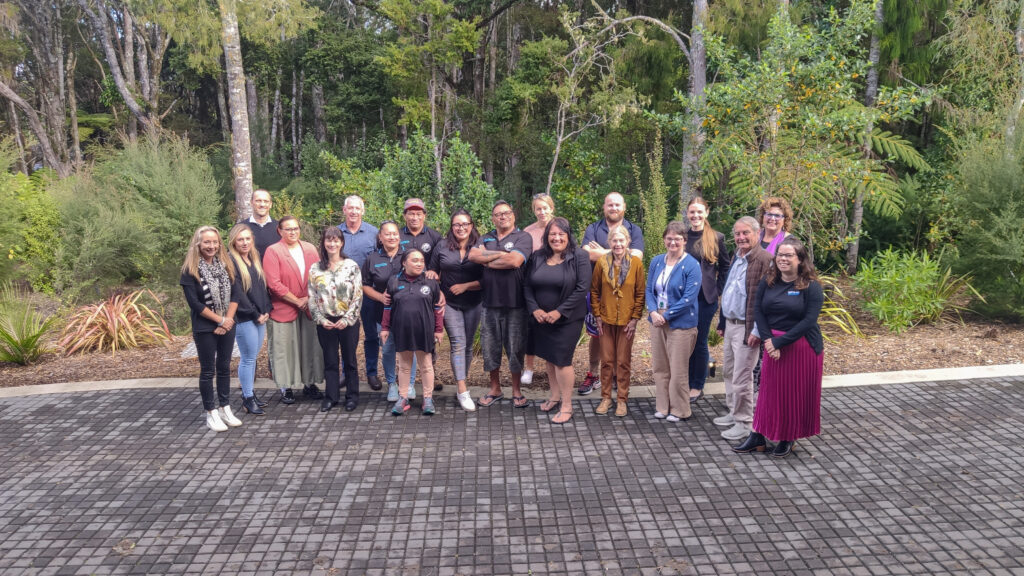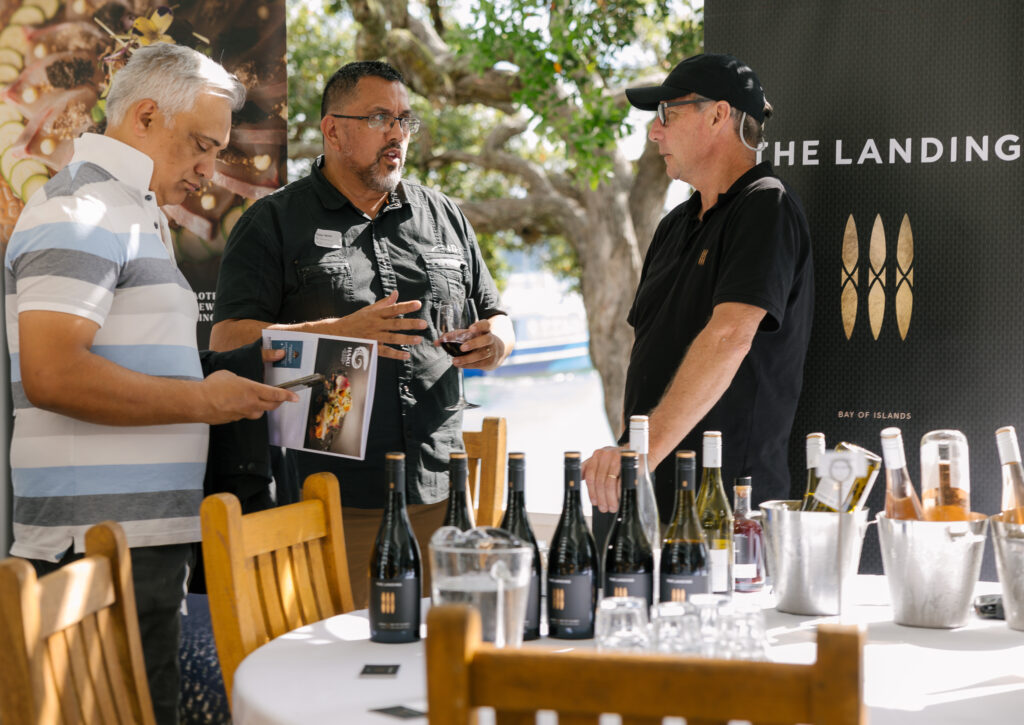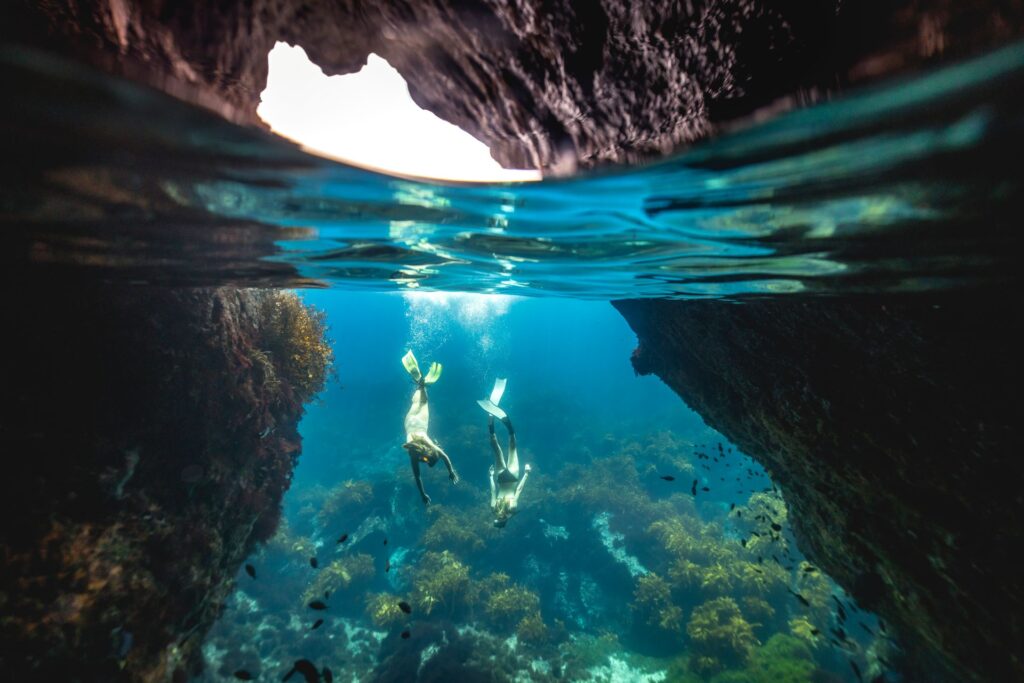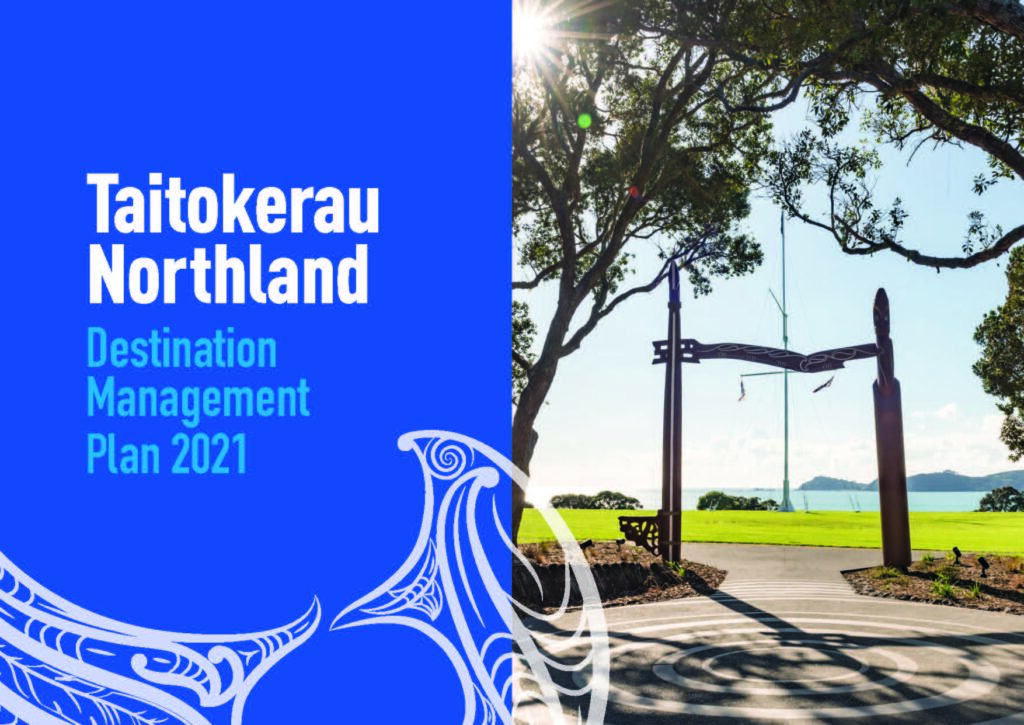THE VISION
To enhance the value of our visitor experiences in collaboration with iwi, hapū and stakeholders, for the benefit of our communities, businesses, the environment, and future generations.
Case Study Themes
Destination Management, Sustainability, Collaboration, Community.
Destination Website
Share
Highlights:
The Difference a Plan can make
The launch of the Savour Northland food and beverage event, designed to encourage visitors to travel further and stay longer outside of peak season.
90% of tourism businesses that attended Northland Inc’s Responsible Tourism Programme workshops report making a change as a result of their learnings.
Better understanding of how the region’s cultural stories are told, and who has the right to tell them.
Taitokerau Northland’s tourism infrastructure needs are now better appreciated and considered by local and central government.
The start of a new journey to create sub-regional destination management plans for parts of Taitokerau Northland facing the most significant tourism pressures.
Northland Inc Case Study
Dual-heritage at the heart of Taitokerau Northland’s destination management approach to tourism
Taitokerau Northland is an important meeting place that has always been at the centre of Aotearoa New Zealand’s story. It’s the region where New Zealand’s Treaty of Waitangi was signed in 1840, and a place where partnership between peoples and cultures has always been crucial to success.
It’s no surprise then that the organisations leading Taitokerau Northland’s new approach to tourism development have identified partnerships as being vital for the future of tourism in the region, with the aim of managing it sustainably for the good of communities and the environment.
Northland Inc Head of Destination and Communications Tania Burt says partnership and a dual-heritage approach to the destination management planning process, recognises the long Māori and European history in Taitokerau Northland.
“The idea was that for the plan to be a success, its values and guidelines are put together with a framework unique to our region and represents the coming together of two people.”
Challenges to be addressed
Tania says back in late 2018 the need for a destination management plan was first identified to address the traditional challenges faced by the visitor industry in Taitokerau Northland.
The majority of visitation to Taitokerau Northland takes place over the summer period, peaking between Christmas Day on 25 December and Waitangi Day on 6 February, placing community infrastructure under pressure as people flood into some of the region’s holiday hotspots.
Half of all visitors’ overnight stays are in the Far North, mostly in the Bay of Islands, and many of these visitors do not venture throughout the rest of the region. As a result, those parts of Taitokerau Northland receive the lion’s share of visitor spending, while others see less benefit.
“In our region the biggest challenges are seasonality and regional dispersal. Taitokerau Northland has historically done a good job of attracting visitors, but we realised we could achieve better results for our communities if we took a more holistic approach to our region’s tourism development in future,” she says.

The Northland Inc Team.
The makings of a plan
Northland Inc has a dual mandate as the region’s economic development agency and regional tourism organisation, but Tania says creating a destination management plan by themselves in isolation would not have achieved the buy-in and collaborative way of working required to guide Taitokerau Northland’s tourism future.
Northland Inc partnered with Te Puni Kōkiri, Te Hiringa Trust & Business Promotions and Te Au Mārie Sestercentennial Trust, and worked closely with Northland’s industry, councils, iwi and wider community, to create a destination management plan unique to the region.
Te Au Mārie Sestercentennial Trust, set up to run the Tuia 250 commemoration of the arrival of Captain Cook to New Zealand and the subsequent meeting of two peoples, provided funding to develop the plan and was instrumental in the theme of dual heritage.
“That’s how the dual heritage foundation was born – we were not only reflecting our region’s history, we were also honouring the legacy of Tuia 250,” Tania says.
Gathering Taitokerau Northlanders’ views required extensive engagement, and 14 in-person workshops were held throughout the region, along with an online survey of more than 4,000 people and countless meetings and interviews with groups and individuals, she says.
A leadership advisory group was set up to represent the plan’s key stakeholders, including NZ Transport Agency – Waka Kotahi, Department of Conversation – Te Papa Atawhai, the tourism, hospitality and creative industries, iwi, hapū, Māori, and four local councils.
The co-chairs invited to lead the group were Far North iwi leader Harry Burkhardt and former New Zealand Prime Minister Dame Jenny Shipley, Bay of Islands local and ardent supporter of the region, Tania says.
“We wanted our leadership to be chaired by a reflection of dual-heritage and our treaty partnership. Along with development of the plan, it was crucial to get the right people in the room right from the beginning. Our emphasis is that the plan is not a regional tourism plan, it’s a regional plan: it’s by everyone, for everyone.”
Before the plan’s release in 2021, it was socialised to all local councils and presented at council meetings, which led to stronger buy-in and Northland Inc being asked to give input into council planning and applications from a destination management angle.
Short, medium and long-term goals over the next 20 years are included in the plan, with the 200-year commemoration of Te Tiriti o Waitangi in 2040 being selected as a key date at which progress will be evaluated.

The 2022 Food Hui.
Reasons to celebrate
Tania says there have been many early wins in the region’s destination management journey, with one of the most exciting, and tangible, being the creation of Taitokerau Northland’s first annual food and beverage event, Savour Northland, to showcase the region’s culinary delights.
The event was held over a three-week period in October 2024, before Taitokerau Northland’s peak tourism season, and carefully designed to encourage people to visit at a time of year when Northland’s visitor infrastructure wasn’t under stress.
Savour Northland also encouraged people to visit restaurants, markets and other foodie destinations across the entire region, promoting longer stays, regional dispersal and inviting visitors to learn the rich history and stories behind Taitokerau Northland’s food production.
Tania says the cornerstone of its success was collaboration.
“We had years of hui that brought together producers, hospitality, the visitor industry, suppliers, wine makers, brewers, all these people coming together and their relationships were getting stronger and stronger.”
She says these meetings helped the region’s restaurants find local suppliers, supporting them to source ingredients from within Northland, rather than outside of it, and helping to keep more spending local.
“Just the sense of pride, moving as one as a community, and being able to deliver something like that was huge.”
Māori culture and history run deep in Northland and is a key reason visitors come to the region and Tania is proud of the way the plan has respected the origin of information and helped set the foundation, saying,
“We’ve got a lot clearer and more mindful about where we sit in the storytelling space. We are strong in the belief that stories should be told by those who have the right to tell them.”
She says another win has been Northland Inc’s Responsible Tourism programme, which provides capability-boosting workshops to support tourism businesses to make positive changes towards greater sustainability across the four well beings and climate-friendly practices.
This is a shift from previous workshops they have held in Taitokerau Northland, which typically focused on how tourism businesses could improve their marketing, she says.
“Through the first year of that programme we had awesome engagement, and we had over 90% of participants report that they changed an aspect of their business as a result of going to those workshops.”
The programme’s success saw it announced as a finalist in the Economic Development New Zealand Best Practice Awards.
“It’s moved us into a space we weren’t in before which is supporting the development of holistic industry skills and capability.”
Another positive has been getting more organisations around the table to talk about how to drive tourism and the visitor industry in Taitokerau Northland.
“It’s not just industry doing the planning now, but industry with wider stakeholders, community, business, Māori, iwi and hapū, and central government. The advocacy that’s come from that voice and that group has been really pivotal.”
Tania says having a regional plan means central government recognises and understands what Taitokerau Northlanders want from tourism development in their patch.
“Our plan is now nationally recognised as well as regionally recognised.”

Poor Knights Islands marine reserve.
What’s next for Taitokerau Northland’s destination management journey?
After seeing the benefits of a stewardship approach to tourism management, Tania says there is plenty of motivation throughout the region to continue the journey.
A priority in the coming year will be working even more closely with NZ Transport Agency – Waka Kotahi on infrastructure planning to help support the maintenance and development of the region’s road network.
The road network is crucial to visitors and locals alike, so providing NZ Transport Agency – Waka Kotahi with input around seasonal tourism trends and the impact road maintenance and road construction project timeframes have on the visitor economy makes good sense.
Tania says 2025 will also see Taitokerau Northland take its destination planning game to the next level by continuing development of sub-regional destination management plans for the four parts of the region that attract the most visitors.
A local plan for Russell has already been developed which has provided the blueprint for further plans to be developed around the Poor Knights Islands marine reserve, Tāne Mahuta in Waipoua Forest, Cape Reinga and the rest of the Bay of Islands area. Working at the community level, these plans, will outline how best to manage tourism development and visitation in these areas that have high visitation.
“Having the one regional umbrella plan is good, but the ways different communities are impacted, and their wishes, vary across our region. Creating sub-regional plans is the logical next step to ensure a more nuanced approach, working with local community groups and with local actions for each location.”
Tania says while Taitokerau Northland’s formalised plan has helped ensure the whole region is rowing the tourism waka in the same direction, destination management could just be considered a modern term for a concept that has been around for a long time.
“As Māori, we have been doing this forever, destination management is literally looking after your people and your place, preserving it and developing it for the future.”


